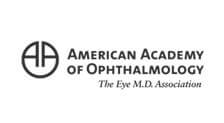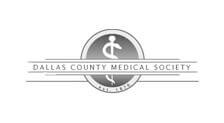How common is glaucoma?
Glaucoma is the leading cause of irreversible blindness in the world today, according to the International Agency for the Prevention of Blindness (IAPB).
Am I at risk for developing glaucoma?
Everyone is at risk for developing glaucoma but certain groups have a higher risk and should be checked more frequently by their eye doctor.
The major risk factors for glaucoma include:
- Age over 40 years
- African-American ancestry
- A family history of glaucoma
- Certain medical conditions such as diabetes or eye injury
- Certain medications (especially steroids)

What are the different types of glaucoma?
There are actually several different types of glaucoma. The two main types are open-angle and angle-closure glaucoma. Both are characterized by increased pressure in the eye. Open-angle glaucoma is the most common type, accounting for more than 90 percent of glaucoma cases diagnosed.
What are the warning signs of glaucoma?
Depending on the individual, type and severity of glaucoma, you may experience a variety of warning signs, or no warning signs at all. Indications of this disease may include:
- Visual field loss
- Increased eye pressure
- Blurred vision
- Headaches
- Eye pain
- Nausea
- Halos
- Vomiting

Be proactive by having your eyes checked at Carter Eye Center before a problem arises. Schedule now.
How does Dr. Carter diagnose glaucoma?
During your annual exam, or if you are having visual problems, Dr. Carter will perform certain tests to check for signs of glaucoma. During the ophthalmoscope test, Dr. Carter will use pupil dilation to evaluate the optic nerve closely.
What are the treatment options?
Depending on the type and severity of your glaucoma, Dr. Carter will recommend your best treatment option or a combination of treatments. These include:
- Drug therapy
- Laser surgery
- Glaucoma surgeries including filtering and drainage implants
- Eye drops
- Minimally Invasive Glaucoma Surgery (MIGS)
As the field of vision care is continuously evolving, successful treatment options for glaucoma will expand and offer patients more opportunities for successful management.









